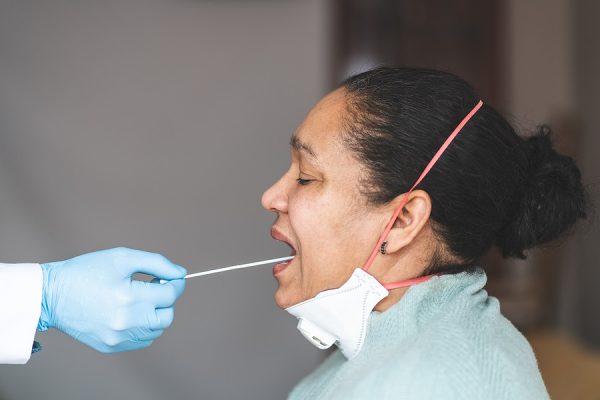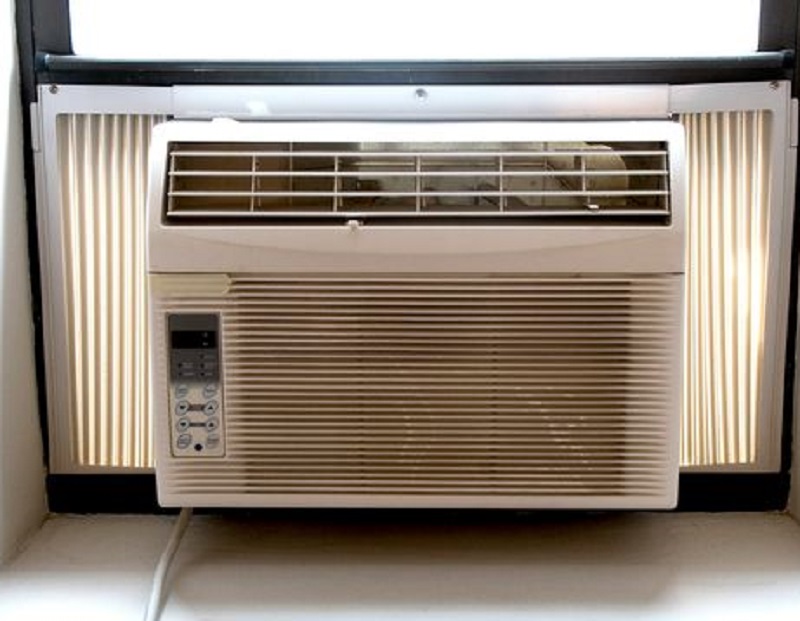What is the Prostate?
The prostate, found in men, is a walnut-sized gland located behind the scrotum and under the bladder, and is responsible for generating fluid that makes up part of the sperm. The prostate is an important part of the male reproductive system. As men become older, the prostate generally enlarges, which can cause or be a sign of one of three of the most common prostate issues. These medical conditions are prostate cancer, prostatitis, and BPH.
Prostate Cancer, also known as adenocarcinoma, forms in the glands’ cells. Prostate cancer is notorious for developing slowly and can sometimes show little to no symptoms, making it difficult to detect. Symptoms can include difficulty urinating, frequent urination, blood present in the urine or semen, painful urination and ejaculation, and pain in the back, pelvis, and hip areas.It is important to know that while these are all symptoms, they are not all direct signs of prostate cancer, and can be linked to other prostate complications.
Prostatitis is the inflammation of the prostate gland, and can be caused by infection. The symptoms are similar to prostate cancer symptoms, and include chills and fever, pain in the stomach, groin and scrotum, and loss of sex drive. Prostatitis comes in different forms, all curable through medication, antibiotics, and pain-control treatments.
BPH, or benign prostatic hyperplasia, is the enlargement of the prostate that causes issues with urination. Like prostate cancer, BPH is most commonly found in men over the age of 50, and has the same symptoms. BPH is incurable and if untreated can lead to kidney or bladder infection, kidney failure, bladder weakness, and complete blockage of urine flow. Drugs and surgery, limiting consumption of alcohol and coffee, and urinating completely can lessen symptoms.
Though they share the same symptoms, prostatitis and BPH do not lead or heighten the chances of contracting prostate cancer. But, it is possible to have more than one condition at the same time.
How to Keep A Healthy Prostate.
There are four major factors that influence a man’s chance at developing prostate issues during his lifetime. Some of these factors are age, family history, and race. Half of men in their 60s will suffer from BPH or symptoms of an enlarged prostate. This percentage goes up to 90% in men over 70. Before the age of 50 the most common prostate problem in men is prostatitis. Men with a family history of prostate health issues are at greater risk of developing these issues during their life. Men with fathers or brothers who have or had prostate cancer are twice as likely to develop the cancer. African American men are at a higher risk of dying from prostate cancer.
Keeping a healthy prostate falls into keeping a healthy lifestyle. Ways to keep a healthy prostate are:
- Eating a healthy diet low in calories and fat, especially fat from red meat and dairy products. Foods that have been shown to aid prostate health include: fish, tomatoes cooked in olive oil, broccoli, cauliflower, soy, and green tea.
- Avoiding consuming too much calcium, over 1,500 mg; and over-supplementing with megavitamins.
- Avoiding smoking.
- Drinking alcohol only in moderation.
- Seeking treatment for medical conditions such as high blood pressure, high cholesterol and depression.
- Reducing stress.
- Having yearly rectal examinations and PSA tests if you are over 50 (or over 40 if you are at high risk of prostate cancer).



















